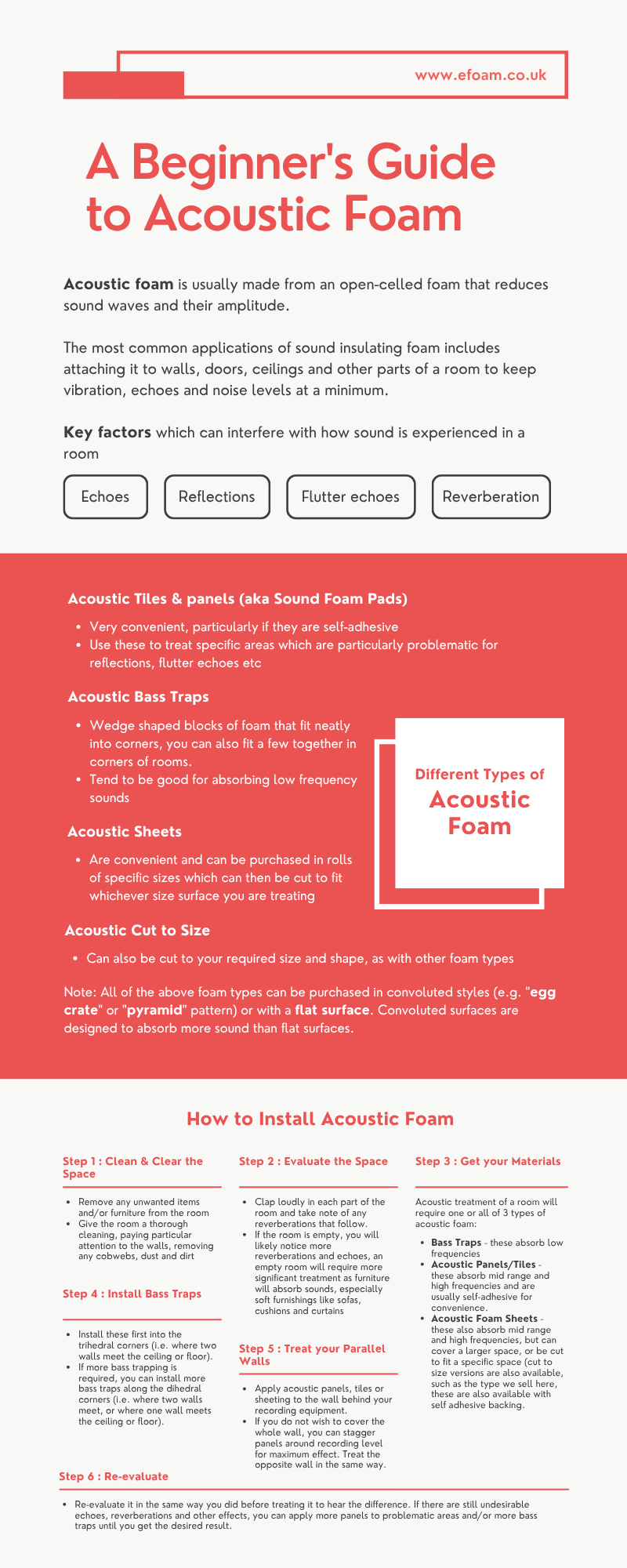
A Beginner's Guide to Acoustic Foam

Are you a musician? Music teacher? Podcaster? Youtuber? Freelance voice over artist? If so, chances are you have or would like to have a professional space which offers the best acoustic environment. Acoustic foam can be an excellent way to prepare such a recording space.
Even if you don't do any recording, but are an avid listener (e.g. you have a top of the range sound system and/or home cinema system) you could benefit from preparing your recording space with an array of acoustic foam products to get the best out of your listening environment.
What is Acoustic Foam?
Acoustic foam is usually made from an open-celled foam that reduces sound waves and their amplitude. The open cells capture the soundwaves so that they don't rebound from other surfaces to make more noise than necessary and reduce lower quality noise levels. The result is that you are able to apply noise reduction or noise control for better results.
The most common applications of sound insulating foam includes attaching it to walls, doors, ceilings and other parts of a room to keep vibration, echoes and noise levels at a minimum.
Why Bother with Acoustic Foam?
You may be wondering, does it really matter? There are several factors which can interfere with how sound is experienced in a room (either if you are trying to make a good recording or just after the best listening experience) such as:
Reflections - Sound reflects off of surfaces, furniture and other objects in a room. The degree to which the sound is reflected depends on the nature of these surfaces (e.g. a smooth, flat surface will reflect more sound, while softer surfaces will absorb some or all of the sound). This is why you will notice much less sound reflection in a room containing various soft furnishings, carpets and curtains. Acoustic foam absorbs sounds rather than allowing them to be reflected.
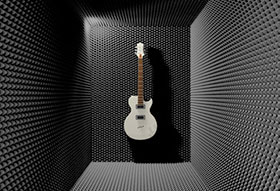
Reverberation - Reverberation is when sound persists in a space after it is produced, due to being reflected off of the various surfaces in the room, often multiple times until the reflections eventually fade. Acoustic foam can reduce this by absorbing the sounds before they are reflected in the first place.
Echoes - An echo is when the reflection of the original sound arrives at a listeners ear (or a recording device) shortly after the original sound is heard/recorded. The amount of time between hearing the original sound and any echoes depends on how far away the reflecting surface is. As with reflections and reverberations, acoustic foam can prevent echoes by stopping the reflections that would produce them.
Flutter echoes - A flutter echo is when sound reflects repeatedly between parallel surfaces, often for several seconds (depending on the size of the space and type of surfaces). Acoustic foam is ideal here, as treating one or both parallel surfaces will remove flutter echoes.
Different Types of Acoustic Foam
So now you know what kind of problems acoustic foam can solve, let's have a look at the types of acoustic foam that are commercially available and how they are applied:
Tiles & panels - example - Tiles and panels, also known as sound foam pads, can be very convenient, particularly if they are self-adhesive, you can use these to treat specific areas which are particularly problematic for reflections, flutter echoes etc.
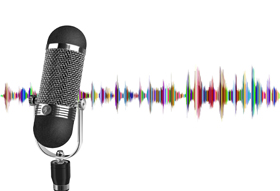
Bass traps - example - These are wedge shaped blocks of foam that fit neatly into corners, you can also fit a few together in corners of rooms. They tend to be good for absorbing low frequency sounds (hence the name).
Sheets - example - Sheets are convenient and can be purchased in rolls of specific sizes which can then be cut to fit whichever size surface you are treating.
Cut to size - example - Acoustic foam can also be cut to your required size and shape, as with other foam types.
All of the above foam types can be purchased in convoluted styles (e.g. the typical "egg crate" type pattern, or pyramid pattern) or with a flat surface. Convoluted surfaces are designed to absorb more sound than flat surfaces.
Here is a good example of how acoustic foam can be applied in a home studio setting, notice how "flat" the sounds seem after the entire room has been treated: https://www.youtube.com/watch?v=yu8uUV_AuVY
How Acoustic Foam Works
The science of sound can be complicated, particularly in relation to the travel of sound waves and resonance. For those needing to source foam for a professional setting or indeed for a personal project, navigating the different types of acoustic foam on offer can be tricky. This is often the case when many online sources talk about the differences between the absorption of sound and the total blocking of sound.
In order to understand how acoustic foam works, and to indeed select the correct foam insulation, it is important to learn the fundamentals of how sound works. To put it simply, sound is seen as a vibration of energy, and when a particular object vibrates (such as speakers), the air around it vibrates. These vibrations are carried as sound waves, which are then identified by your ears and processed by the brain into a relevant category, such as a familiar voice or as music.
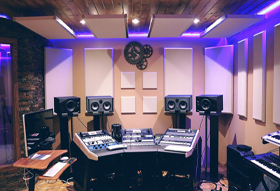
Different types of foam insulation are used to manipulate the shape, intensity and direction of these sound waves in order to either absorb their vibrations or block them entirely. Due to the different material composition of various objects, they each reflect and absorb sound waves in different ways. This is where the principle of using materials with different surface textures comes into fruition. What material you choose all depends on the type of room or space you are trying to soundproof, and for what reason.
If you are simply wanting to reduce the amount of noise in any given space, sound absorbing foam is what you are after. This specialist foam is designed to soften hard surfaces in a room. A perfect everyday example of where this foam is often used is in a church or other old building that has little soft furnishings to rebuff sound waves. Sound absorbing foam has an open and flexible cell structure to help absorb sound waves. It is this open-celled structure that draws the energy out of the sound wave to ensure a reduced amount of sound is reflected back into a room.
It is worth bearing in mind that sound absorbing foam can also be used to enhance sounds within a space. For example, wedge or pyramid shaped absorbing foam can alter sound waves and improve sound quality. Such practise is often common in sound recording studios.
Alternatively, you may wish to completely sound proof a space. In order to fully block sound, foam with a closer celled structure is most suitable. These foams are denser and thicker and in turn, prevent the travel of sound waves into certain areas. However, completely sound proofing a room is easier said than done. Depending on how important it is to fully block out sound, this specialist foam may need to be installed within a wall cavity for maximum effect.
Many innovations are underway in the sound proofing and absorption space. For example, this includes the formulation of new materials that help to fully insulate vibrations and in turn, completely block out sound from chosen areas. Recent news has revealed that this product may allow for sound to only travel one way – an excellent, industry leading achievement.

How to Install Acoustic Foam
Follow these below steps on how to treat your home recording space/studio with acoustic foam:
Step 1 - clean and clear the space
If you have not done so already, remove any unwanted items and/or furniture from the room. Then, give the room a thorough cleaning, paying particular attention to the walls, removing any cobwebs, dust and dirt (if you have wallpaper obviously you'll need to be careful not to damage it).
Step 2 - evaluate the space
Clap loudly in each part of the room and take note of any reverberations that follow. If the room is empty, you will likely notice more reverberations and echoes, an empty room will require more significant treatment as furniture will absorb sounds, especially soft furnishings like sofas, cushions and curtains.
Step 3 - get your materials
- Generally, acoustic treatment of a room will require one or all of 3 types of acoustic foam:
- Bass traps - these absorb low frequencies
- Acoustic panels/tiles - these absorb mid range and high frequencies and are usually self-adhesive for convenience.
- Acoustic foam sheeting - these also absorb mid range and high frequencies, but can cover a larger space, or be cut to fit a specific space (cut to size versions are also available, such as the type we sell here, these are also available with self adhesive backing. You may also want to get some general purpose heavy duty spray adhesive if needed.
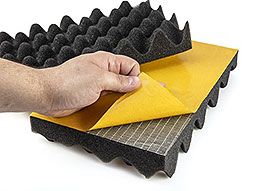
Step 4 - install bass traps
Starting with the bass traps, install these first into the trihedral corners (i.e. where two walls meet the ceiling or floor). If more bass trapping is required, you can install more bass traps along the dihedral corners (i.e. where two walls meet, or where one wall meets the ceiling or floor).
Step 5 - treat your parallel walls
Apply acoustic panels, tiles or sheeting to the wall behind your recording equipment. If you do not wish to cover the whole wall, you can stagger panels around recording level for maximum effect. Treat the opposite wall in the same way. You may wish to stick them lightly with masking tape first then evaluate the sound again, in case you change your mind before permanently sticking the panels in place.
Step 6 - re-evaluate
Once your room has been treated, re-evaluate it in the same way you did before treating it to hear the difference. If there are still undesirable echoes, reverberations and other effects, you can apply more panels to problematic areas and/or more bass traps until you get the desired result.
eFoam is the leading supplier of foam for industrial, commercial and personal use. Should you wish to discuss your soundproofing requirements with a friendly member of our team, please contact us.
